Recommendation points
- Selecting a safe by purpose
- Ease of use: internal volume, shelves, tracer
- Place and method of installation
- Security system, types of locks and locking mechanisms
Thanks to the rapid development of technology, safes have become not only affordable, but also more advanced. You can learn about the principles of ensuring the safety of home valuables, as well as about the types of modern safes and the differences in their design, from this article..
Fewer and fewer ordinary people prefer to keep their money in a savings bank, which was strongly recommended by the hero of Leonid Kuravlyov. And is it really necessary, if even ultra-secure deposit vaults are hacked and robbed? Fortunately, modern methods of protection make it possible to equip almost impregnable safes for the house, inside which money and other valuables will be protected not only from the hands of intruders, but also from fire, water and simply from prying eyes..
Selecting a safe by purpose
The very concept of a safe is not as obvious as many people think. Indeed, there are cameras with an armored body and a secure lock, which are very difficult to open and almost impossible to do without noise or the knowledge of the owner. Safes of this category are called burglar-proof.
According to the official specification, there are 5 classes of burglary resistance – the higher the class, the more reliable the safe. For home use, class 1-3 safes are most often preferred. Class 4 and 5 products provide an unprecedented level of protection and are intended for banking institutions, jewelry stores. Each class is characterized by the time it will take for an experienced “bugbear” to crack with a certain set of tools. Burglary-proof safes, starting from the first class, have steel inner and outer walls, the space between which is filled with several layers of materials with different strength and hardness, from concrete to plywood. This complicates the task of drilling the wall of the safe..
Fire and open flames are considered to be another factor that can potentially threaten property. In order to preserve values in this case, fire-resistant safes are used, otherwise referred to as fireproof cabinets. They have a sealed casing with double steel walls, the space between which is filled with special refractory concrete. The first criterion of these safes is indicated by a numerical value in the marking and displays the number of minutes during which the contents are guaranteed not to be exposed to high temperatures. The second indicator is the class of fire protection, which determines the type of stored values. It can be:
- documents and securities capable of withstanding temperatures up to 170 ° С – class B;
- magnetic or optical disks, video and photographic films that cannot be heated above 70 ° C – class D;
- floppy disks and other items sensitive to heat above 50 ° С – DIS class.
Fire-resistant safes are tested in an oven at a temperature of 1000-1100 ° C, then subjected to a strong impact and again tested for heat resistance.
Ease of use: internal volume, shelves, tracer
The second question that needs to be solved by the future owner of the safe is the organization of the internal space. Everything is clear with securities, money and jewelry, they are small and can be easily transferred inside the safe. It is much more difficult with all kinds of caskets, boxes and containers. For convenient use, the safe must have sufficient internal volume and adjustable shelves, and, if possible, vertical dividers. This is especially important for metal cabinets, which can store an entire filing cabinet of documents that cannot be confused.
Another feature of safes is the presence of an internal lockable compartment – a tracer. This is very convenient, for example, if you have to open the safe in front of strangers, and there is no desire to advertise the presence of some things in it.
Most home safes with a value of € 500 or more can be customized internally. Even more expensive options can be custom made, including hidden compartments, double back wall and more secrets.
Place and method of installation
The cheapest are considered built-in safes for the home. In them, the most protected place is the door, while the walls do not have such high strength, since access to them is already limited. Safes can be built into walls and furniture. For the latter method, several types of external finishes are provided, which allow the safe to blend into the interior as imperceptibly as possible, which is also very important. Good furniture safes are equally well protected from all sides.
The safes are built into the walls, embedded in the array together with embedded elements welded to the body. Built-in safes should be installed at the stage of construction or overhaul so that the fastening is as reliable as possible, and the safe itself and even the fact of its presence are invisible.
There are safes and wardrobes, free-standing or floor-standing. For the most part, this applies to weapon cabinets and storage facilities. Such safes are fixed to the floor and to the wall with 8×80 mm anchors so that it is not possible to remove the safe from its place without attracting attention.
Security system, types of locks and locking mechanisms
Even the manufacturers themselves claim that there are no safes that, in principle, cannot be opened. Crackers know about this, but they do not always have enough time at their disposal..
There are two ways to break the safe: destroy or break the lock mechanism, or simply cut off the locking bolts. The latter option is used only when it is obvious that it is impossible to unlock the lock or find a combination, however, manufacturers have their own arguments in this regard..
The most common constipation is considered to be a cylindrical sliding ledger made of high-strength steel, which is difficult to process. In a good safe, the crossbars have a mechanism that allows them to rotate, so when you try to cut them, they will simply rotate without significant damage. Roll-out arcuate crossbars are reliable due to a large contact area, the door is bursting with them at 40-70% of the perimeter length.
Locks in safes can have 4 security classes: A, B, C and D in ascending order. The class is determined by several factors:
- Resistant to certain hacking methods
- Number of possible combinations of code or key.
- Time spent cracking.
The easiest way to open is with a key. This is the most affordable option, but not the most convenient. You can take an impression from the key and make a copy, in addition, the keys of the lever locks are longer than 100–120 mm and are not always convenient to carry with you. Some of the shortcomings have been eliminated in electronic keys, which are much more difficult to counterfeit, and it is almost impossible to break the locks for them..
Alternative to key locks – mechanical and digital coded. These are truly reliable devices, and although you can choose a combination for a mechanical lock according to its response, it is almost impossible to break into electronics..

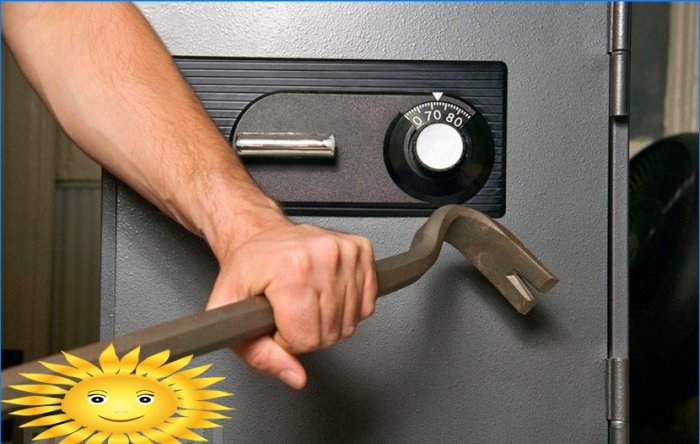
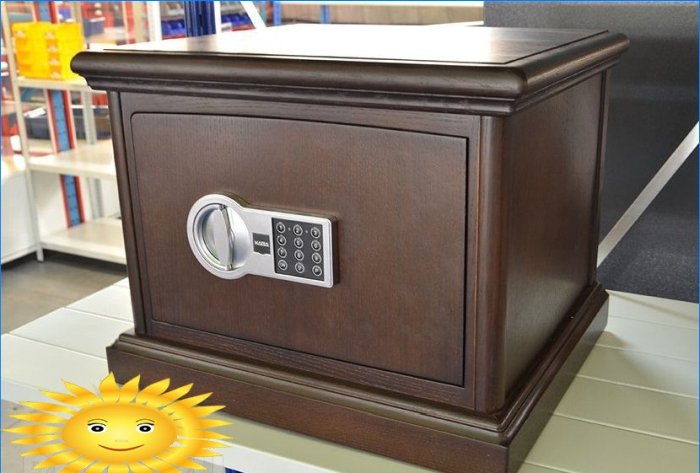
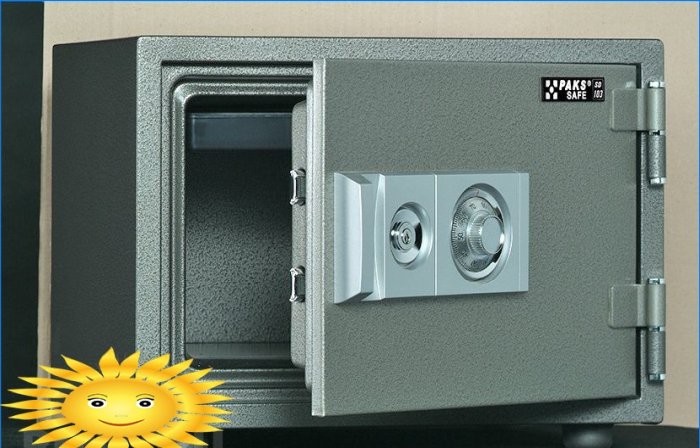
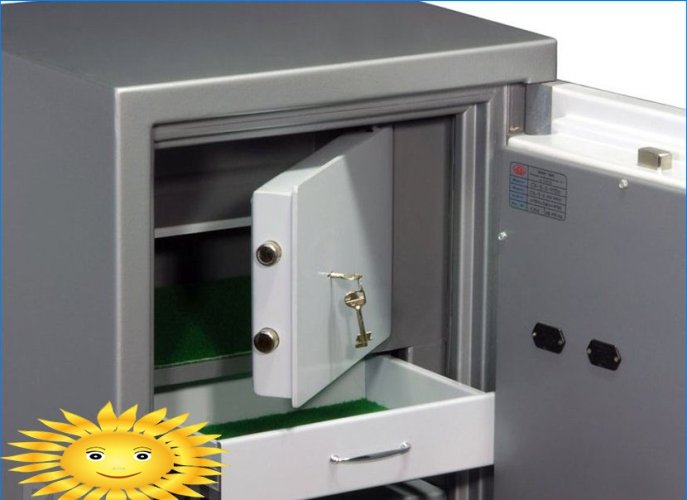
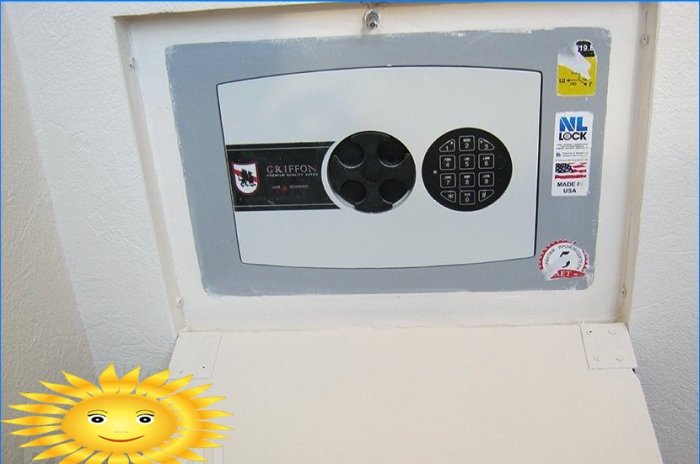
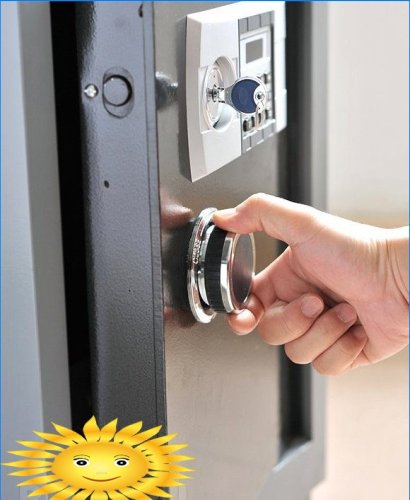
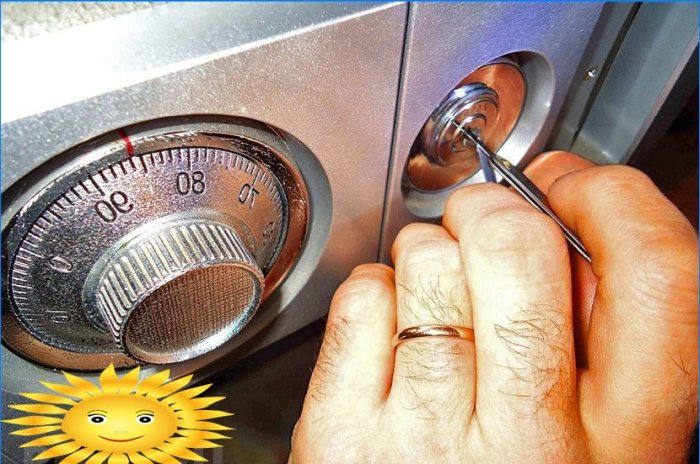
What are some reliable and secure options to store valuable items at home? Are there any innovative solutions or technologies available for ensuring maximum safety and protection?
Can you recommend any practical yet secure options for storing valuable items at home? I want a solution that provides peace of mind without compromising the safety of my valuable possessions. Any suggestions or tips would be greatly appreciated!
One practical yet secure option for storing valuable items at home is to invest in a quality home safe. Look for a safe that is fireproof and waterproof, with a good locking mechanism such as a digital keypad or biometric fingerprint scanner. Make sure the safe is heavy enough to deter theft and can be bolted to the floor for added security. Another option is to use a hidden compartment or a decoy safe to throw off potential burglars. Additionally, consider spreading out your valuables in different hiding spots throughout your home to minimize the risk of losing everything in one theft. Remember to keep your safe location discreet and share the access code or key with only trusted individuals. By taking these precautions, you can have peace of mind knowing your valuable possessions are well-protected.
What are the best options available for storing valuables at home? Are there any specific features or security measures that I should consider when choosing a safe?